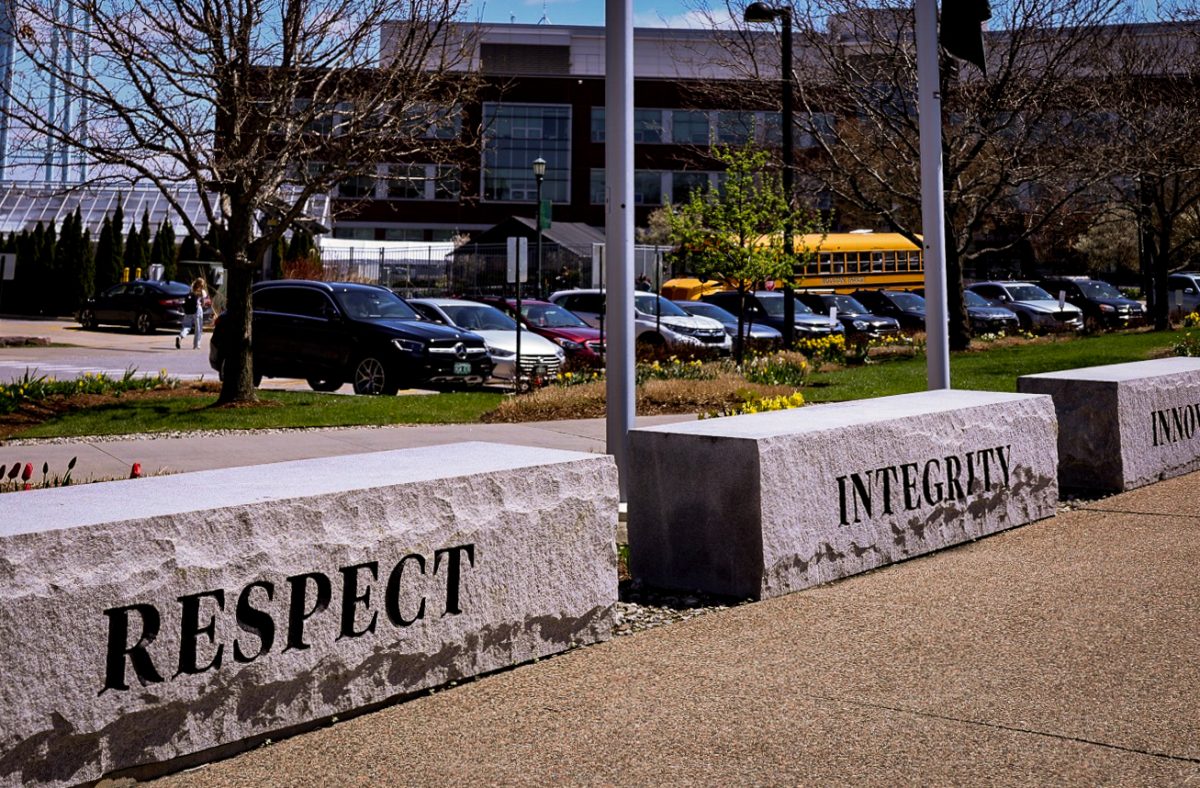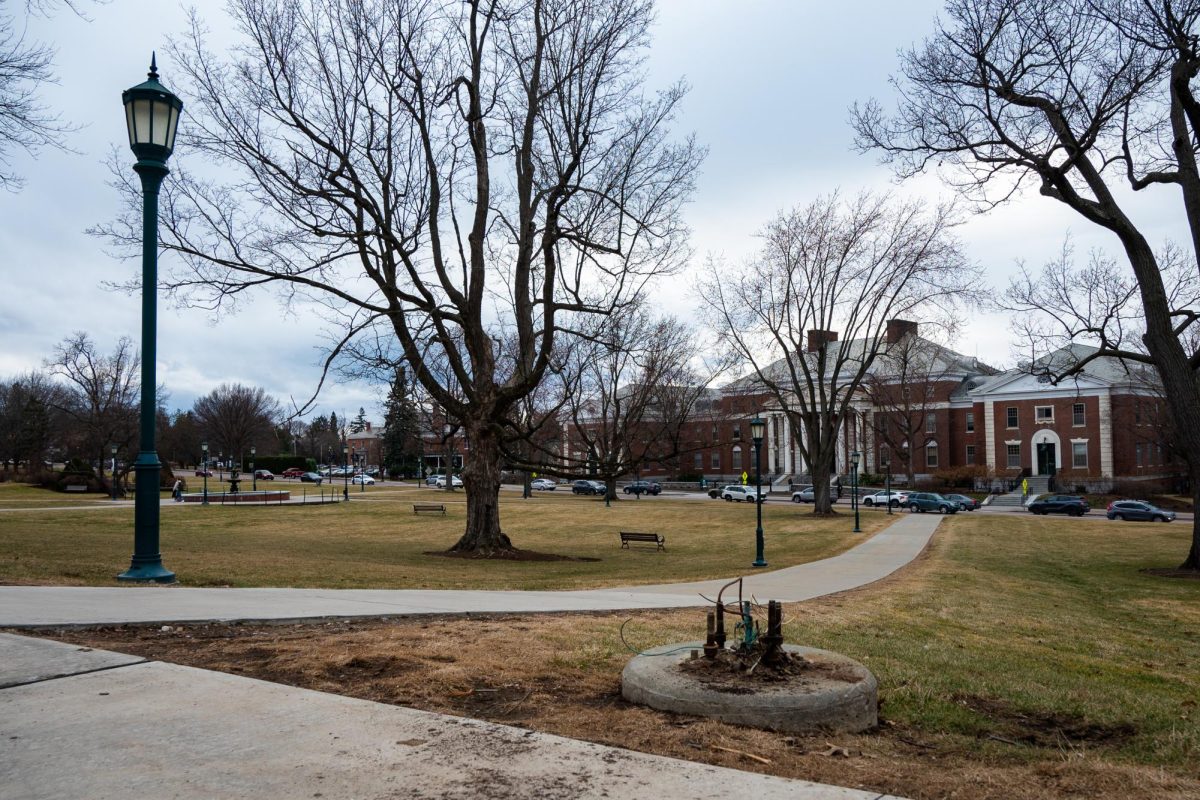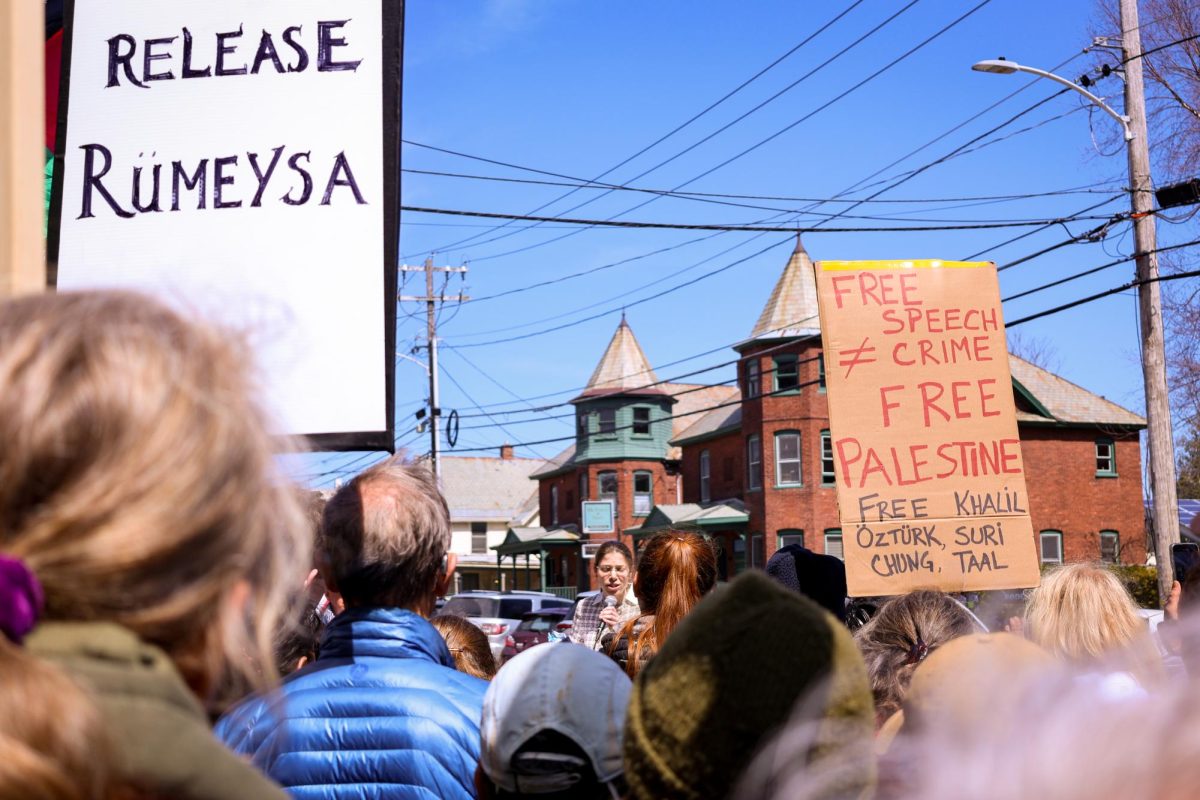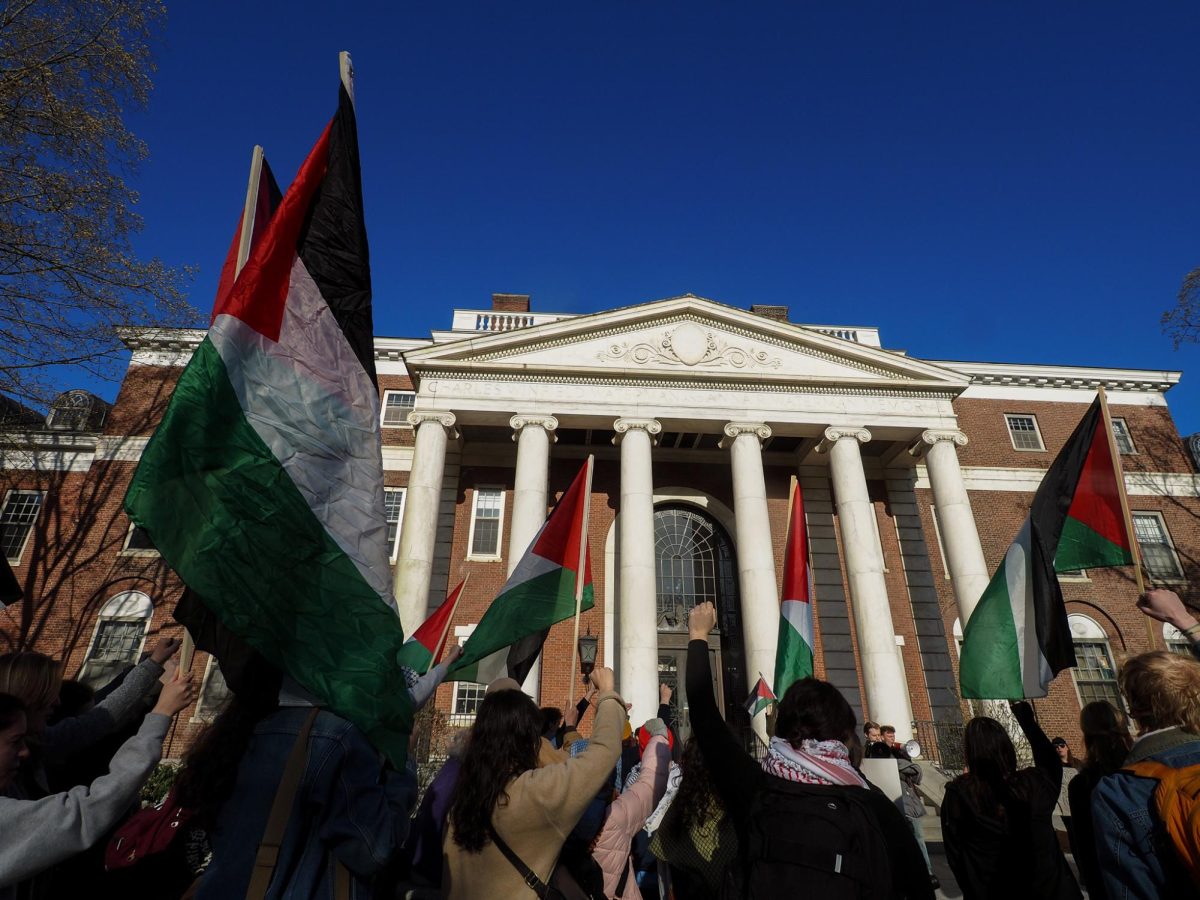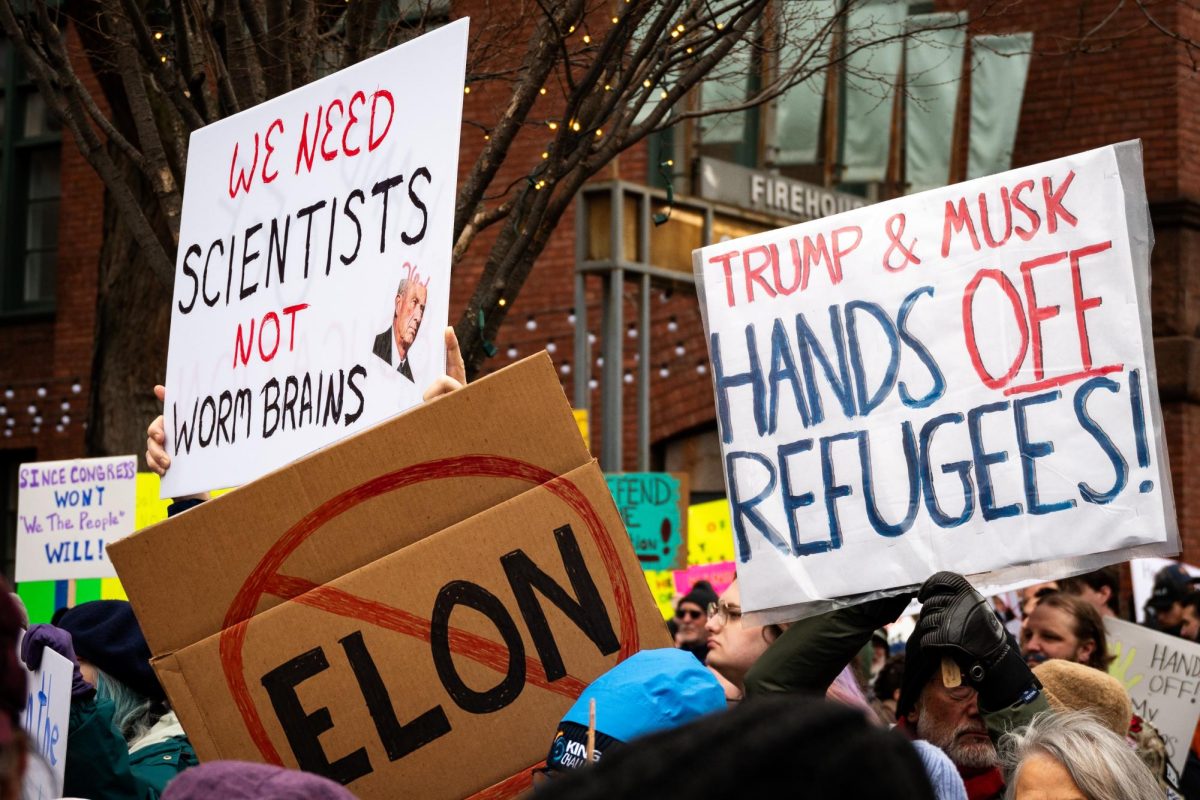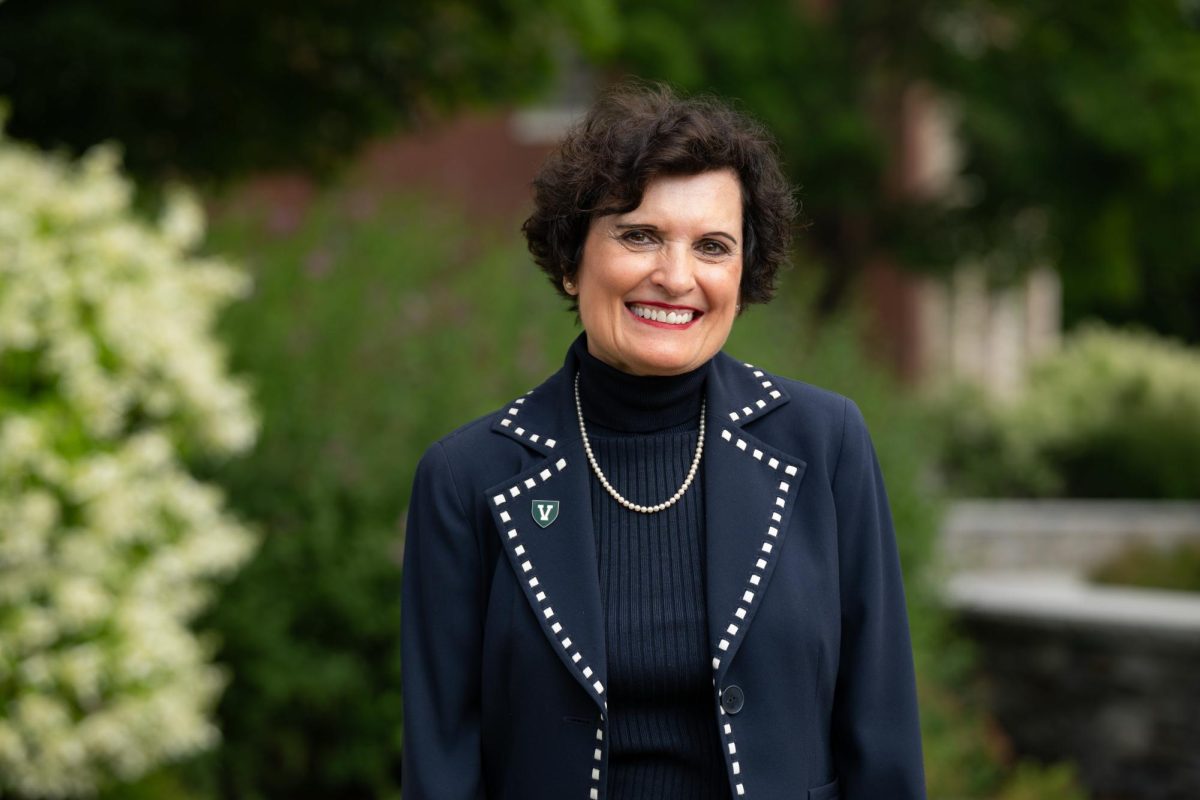“We do it cheap/hide our money in a heap … I got family, a friend in need,” M.I.A. raps on her 2007 album “Kala.” “Cheap Moroccan got no credit … y’all got less credit than me.”M.I.A. may well be referencing the difficulty individuals in impoverished countries have obtaining credit. While M.I.A.’s music may be well-recognized among UVM students, modern-day solutions to third-world poverty are much less familiar.Dr. Ananya Roy, a professor at University of California, Berkeley, came to speak to students about this very issue on Monday, Nov. 17.The Sugar Maple Ballroom was packed before Roy stepped to the podium. Extra chairs had to be brought in to accommodate all the guests. Many students attended for class credit.”I had to go for geography,” Rae Rosenberg, a senior, said. “I don’t know a lot about economics and microfinance, but I thought it was really interesting, and she presented a lot of information that I wasn’t aware of.”Roy concentrated chiefly on the concept of microfinancing, or the offering of financial services to the poor. Encompassed within the realm of microfinancing is microcredit.Microcredit involves providing tiny loans at high interest rates to the very poor who do not have collateral, or a physical asset presented by a borrower, when taking out a loan. Most recipients of microloans are women. The recipient then invests their money in starting a small local business and begins paying back the loan after about a week.With microcredit, people with no money to put down on a business and living in areas with no employment opportunities are given the means to work for money. They then stimulate their local economies and create a positive credit history for themselves.The most prominent example of microcredit’s successful implementation is Bangladesh’s Grameen Bank, founded by Muhammad Yunus in 1976. Microcredit is presently considered the ideal solution for everything “from American inner-city poverty to the reconstruction of Afghanistan,” Roy said.Though microcredit is touted as a panacea for the ills of poverty, the practice has come under scrutiny. Compartamos, a Mexican microfinance organization, made $80 million in profits last year. Critics have accused the company of predatory lending due to the high rates of interest it charges its clients. Compartamos supporters argue that these rates are not inflated, but reflect the actual cost of risk.”She said a couple of really interesting things about the poor becoming a resource,” Pablo Bose, a UVM geography professor, said. “There’s money to be made in poverty.”Roy mentioned in her lecture that microcredit isn’t as far away from the lives of UVM students as it might seem.”Microcredit and microloans are big, big things all throughout the U.S.,” Bose said. “There [are] three different microcredit enterprises in Vermont alone. It’s not just about international development. “Right now, because of what’s happened with the economy globally and in the U.S., the question about credit and debt is something that affects everyone in a more direct way than we may think, ” he said.Bose compares microloans to student loans, saying that conditions are placed on students in order to take out loans for college. They just have to take a certain amount of credit hours, or maintain a certain GPA.
Categories:
UC Berkeley prof. speaks on microfinance
December 1, 2008
0
More to Discover


